By Lydia Hallis, expedition leader and member of the Mars Sample Return science group
When we think of places on Earth similar to the cold desert-like environments of Mars, Scotland is not the first place that springs to mind. However, when it comes to martian geology, the Scottish Isle of Rum is an excellent match.
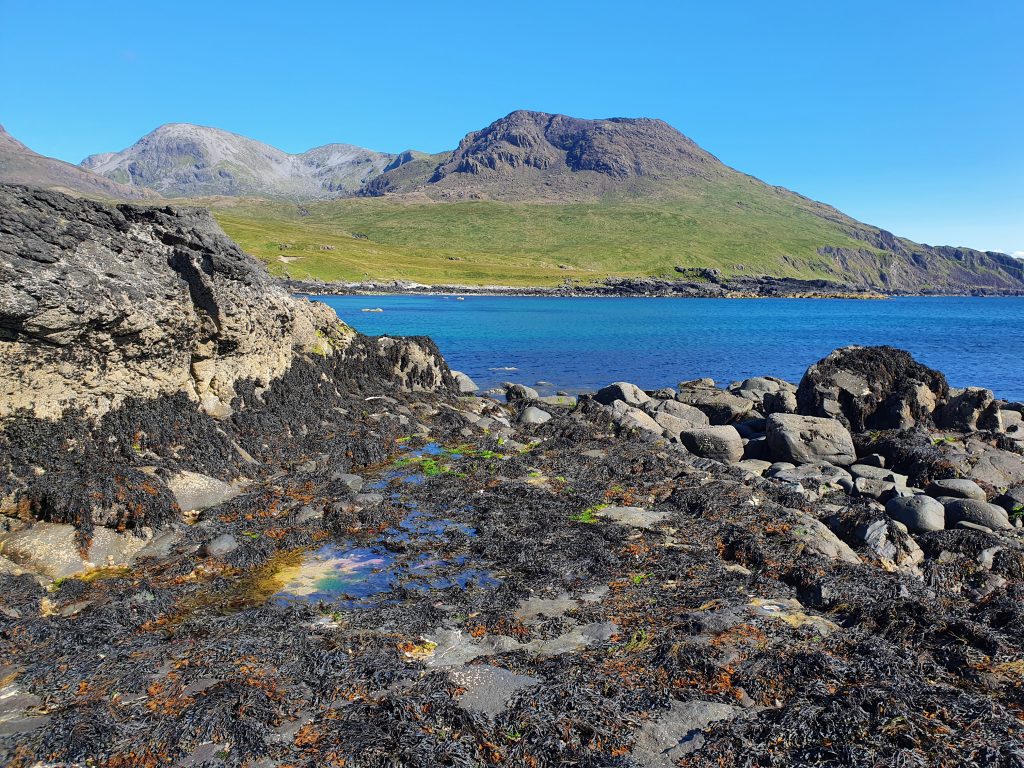
Continuing the search for Earth analogue materials to prepare for Mars Sample Return, a team of geologists from the Universities of Glasgow, Cambridge and Leicester in the UK, and Brock University in Canada, collected hundreds of kilograms of igneous rock from the Isle of Rum last month.
Sampling and transporting this amount of rock on Rum had some logistical issues. The interior of the island is largely uninhabited due to the Scottish highland clearances of the 19th century. Today, less than 50 people live on Rum, and there is only one unsurfaced road that bisects the island.
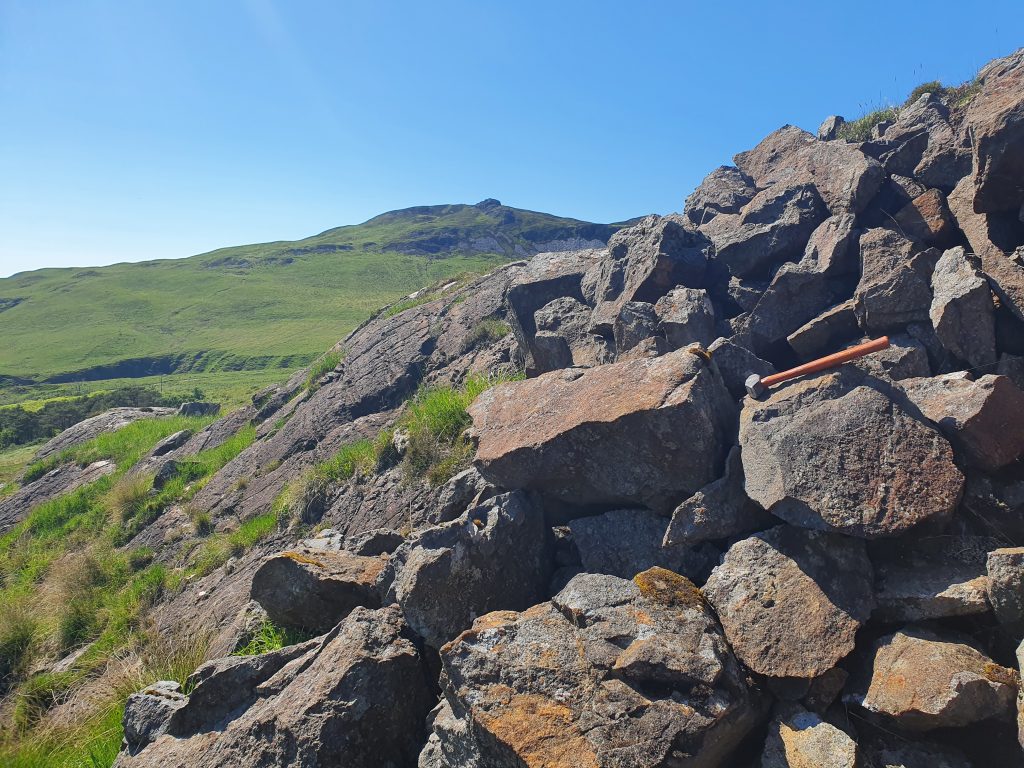
The interior of the island is very rugged, with some hills over 700 metres high. We spent a lot of time walking up and down some of these hills. Luckily, the ideal sampling site was found right by the side of the road. We were very fortunate to find the ideal rocks so close to the path!
Previous geological studies indicated the best analogue rocks could be there. In the end, not only did we find the best rocks next to the road, but the cliff face had been broken up by the road’s construction, leaving large loose blocks right by the roadside.
All we had to do was break these down into manageable sized pieces and convince the lovely people at NatureScot – the Scotland’s nature agency who owns the island – to give us and the rocks a lift back to the ferry port.
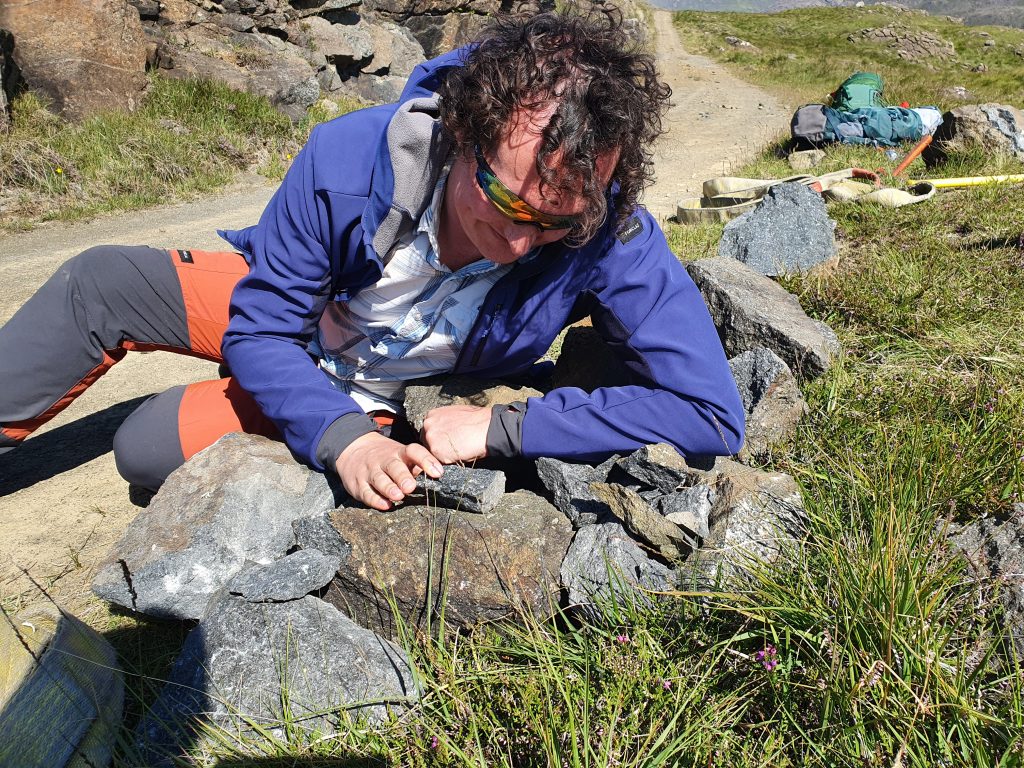
The exceptional geology of Rum
The island of Rum that we see today is part of the interior of an ancient volcano, which erupted over 60 million years ago. Millions of years of erosion, most recently during the last ice age, have scoured away the surface rocks to reveal the inner plumbing system of the volcano. The complex nature of these rocks has had geologists flocking to Rum for over a century, which is why we knew the island could provide excellent samples similar to the ones collected by NASA’s Perseverance rover on Mars.
Generations of geologists have studied the fascinatingly complex, layered igneous rocks of Rum. By studying the literature, we were able to pinpoint a few locations that we expected could be similar to the Séítah formation at Jezero crater in Mars.
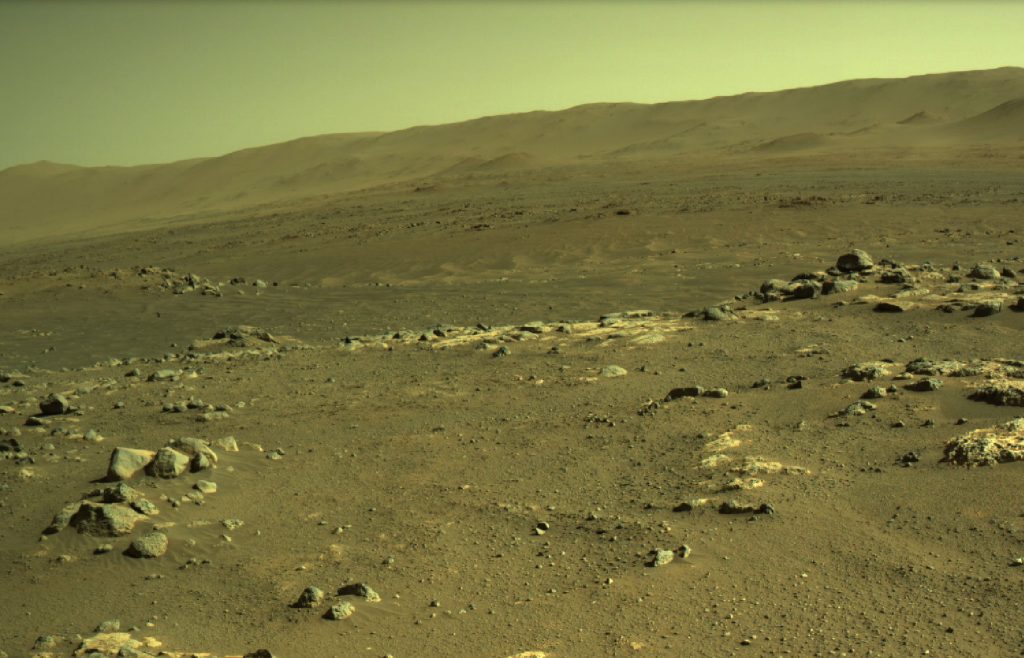
Séítah is one of the igneous basement formations that underlays the sedimentary delta front rocks at Jezero Crater. One test-tube sized core of Séítah has been drilled by the rover and is due for return to Earth in the next decade. The Rum rocks have very similar mineral and chemical compositions to the Séítah formation on Mars and will be used to test how best to study these precious samples upon Earth return.
Why to sample on Earth
These field expeditions target specific rocks that best match the characteristics of the samples that will be returned from Jezero crater.
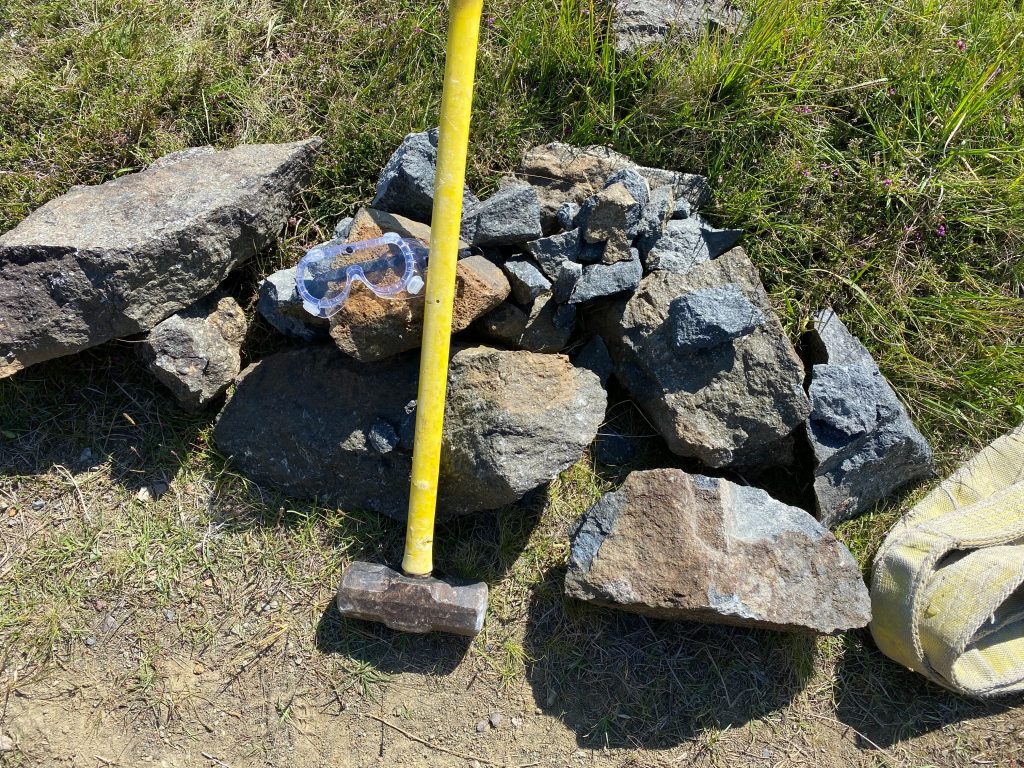
“It is very important to be 100% prepared once the Mars samples arrive on Earth, as we will only get one shot at some of the scientific tests. Samples on Earth allow us to test run our scientific procedures with similar rocks until they are perfected, maximising the chances of getting as much knowledge as possible from the returned samples,” explains our colleague Elliot Sefton-Nash, ESA project scientist for the MSR Sample Receiving Project.
The Rum rocks are now on their way to the University of Oslo in Norway, to be classified along with the other analogue materials already collected in Iceland and California. The next expedition will take place in Oregon, US, later this year.
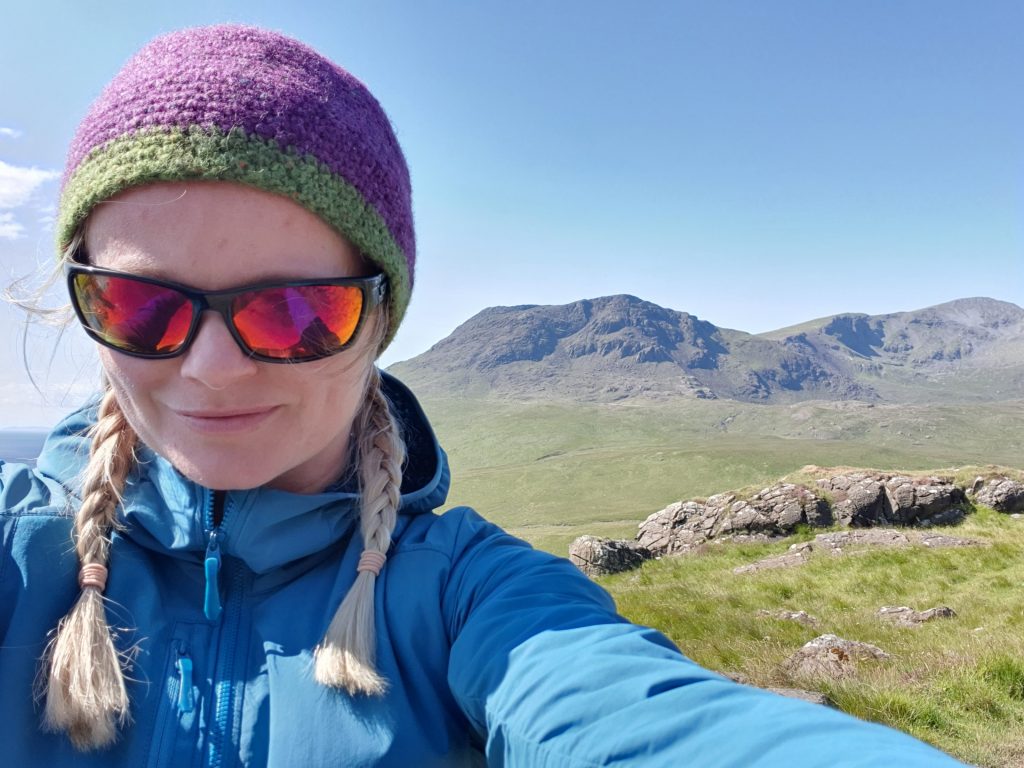
Members of the Rum expedition, funded by ESA:
- Lydia Hallis, geologist and planetary scientist from the School of Geographical and Earth Sciences at the University of Glasgow, UK.
- Luke Daly, University of Glasgow, UK.
- Helen Williams, University of Cambridge, UK.
- Simon Matthews, University of Cambridge, UK.
- John Bridges, University of Leicester, UK.
- Mariek Schmidt, Brock University, Canada.

Discussion: 2 comments
We did pass you down near Harris then saw your hammer by the road. We had no idea then what you were doing!
Time to visit Australia!